We may earn money or products from the companies mentioned in this post. This means if you click on the link and purchase the item, I will receive a small commission at no extra cost to you ... you're just helping re-supply our family's travel fund.
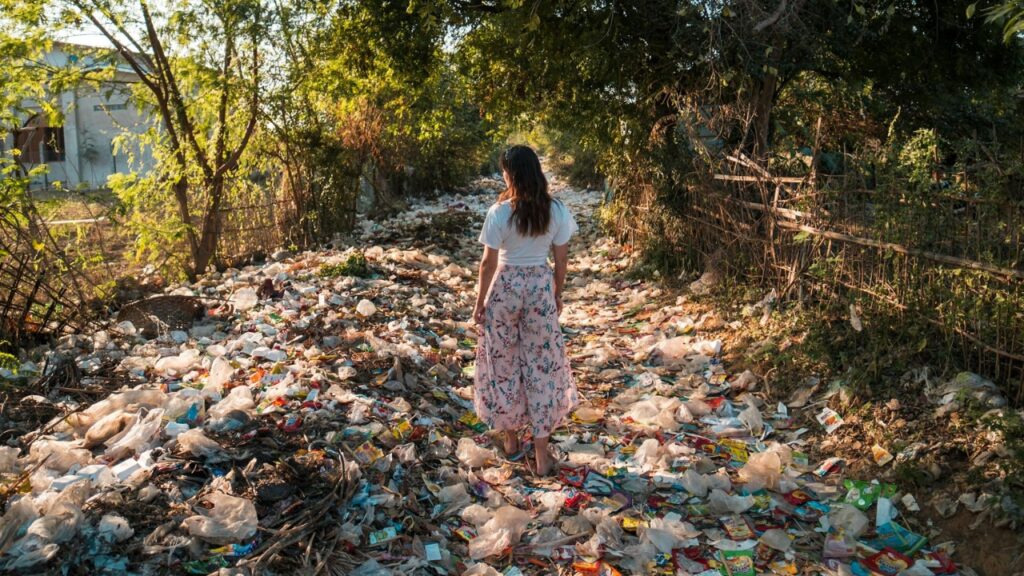
The world’s pollution crisis isn’t just a distant headline or abstract statistic: it’s something you can see, smell, and feel. In some places, pollution stains the sky and clogs the lungs, flowing into rivers and rising from factory stacks. Here are fourteen countries where serious pollution issues are changing everyday life, threatening public health, and pushing governments and citizens to find solutions even as the problems keep piling up.
1. Chad
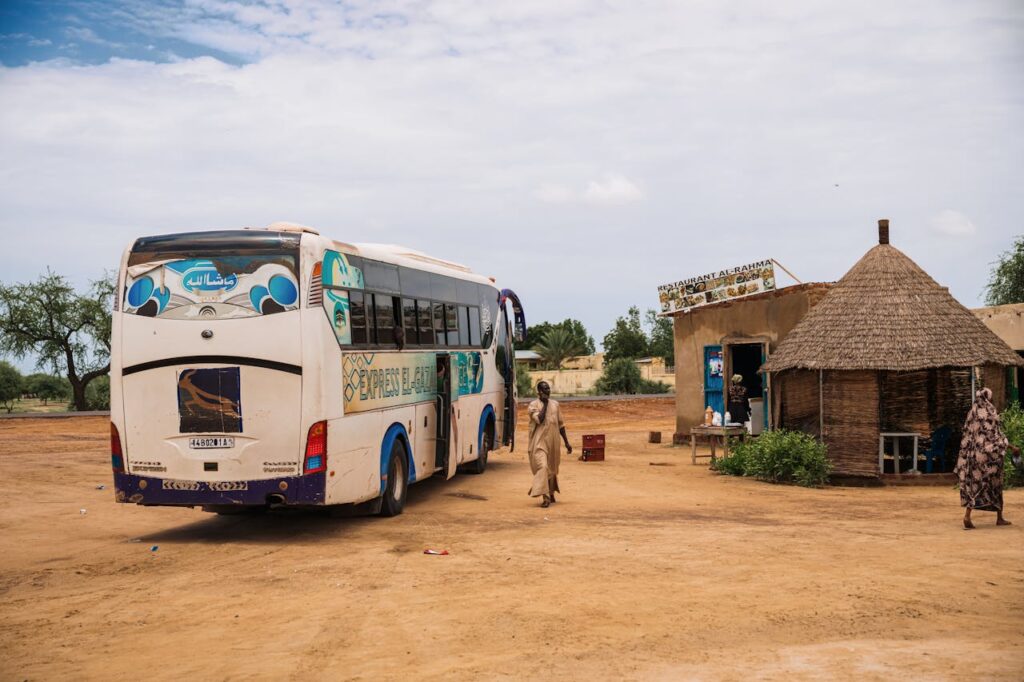
Chad’s pollution problem is a heavier burden than most people realize. In cities like N’Djamena, the air hangs thick with dust whipped up from the desert, but the real danger comes from open burning, diesel exhaust, and unregulated industry. Residents breathe air loaded with fine particulates at levels far beyond global health limits—suffering increased rates of respiratory illness, shortened life expectancy, and ongoing discomfort that makes everyday routines difficult and risky.
2. Bangladesh
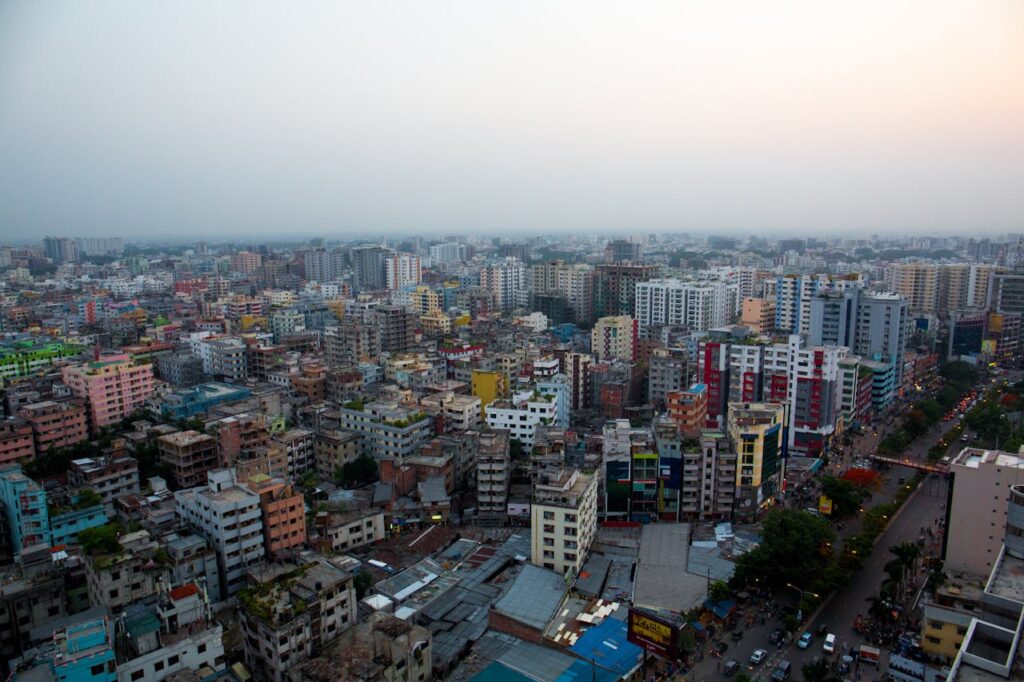
Bangladesh is no stranger to smog. In Dhaka, rickshaws weave through haze so dense it clings to your skin and finds its way indoors. Brick kilns line the outskirts, pumping out black smoke while traffic crawls and construction dust swirls into the air. Each winter, the city’s air stagnates, trapping pollution at ground level and sparking spikes in asthma and heart issues. It’s not just the cities—rivers suffer as well, carrying industrial runoff downstream to already vulnerable communities.
3. Pakistan
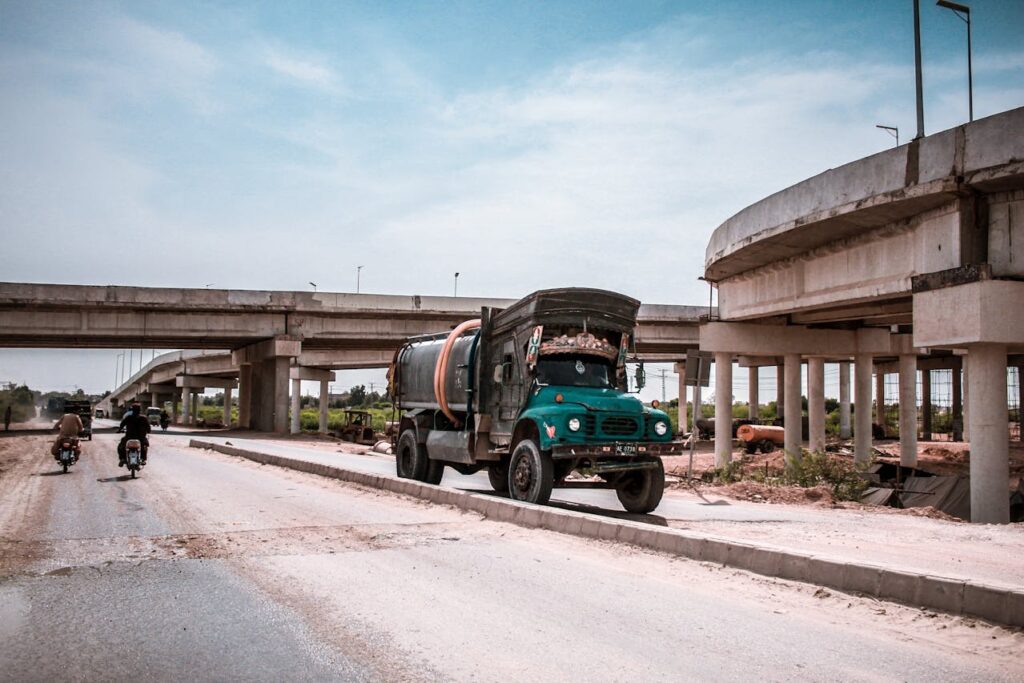
In Pakistan, cities like Lahore and Karachi wake up under a gray shroud most mornings. The sources are everywhere: overcrowded highways packed with trucks, factories belching smoke, fields set on fire after each harvest. It’s a vicious cycle—more traffic, more burning, more smog. People are forced indoors on high-pollution days, schools sometimes close, and hospital visits for lung and heart symptoms swell as the season worsens. The country’s water and soil suffer alongside the air, creating a multi-front crisis.
4. Democratic Republic of the Congo
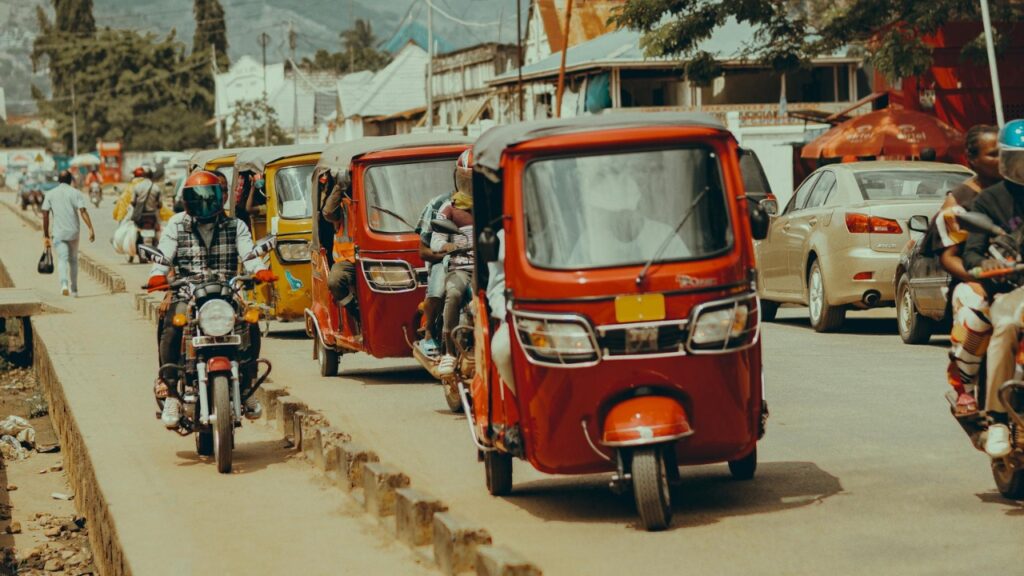
Here, environmental damage blurs with public health emergencies. Much of the Congo’s pollution stems from widespread deforestation, as huge swaths of forest are cleared or burned with little regulation. Urban waste piles up in cities like Kinshasa, clogging drains and fouling water sources. Air is thick with both vehicle emissions and burning trash, while unsafe mining contaminates both land and the rivers that sustain entire communities. Life expectancy and child health bear the brunt.
5. India
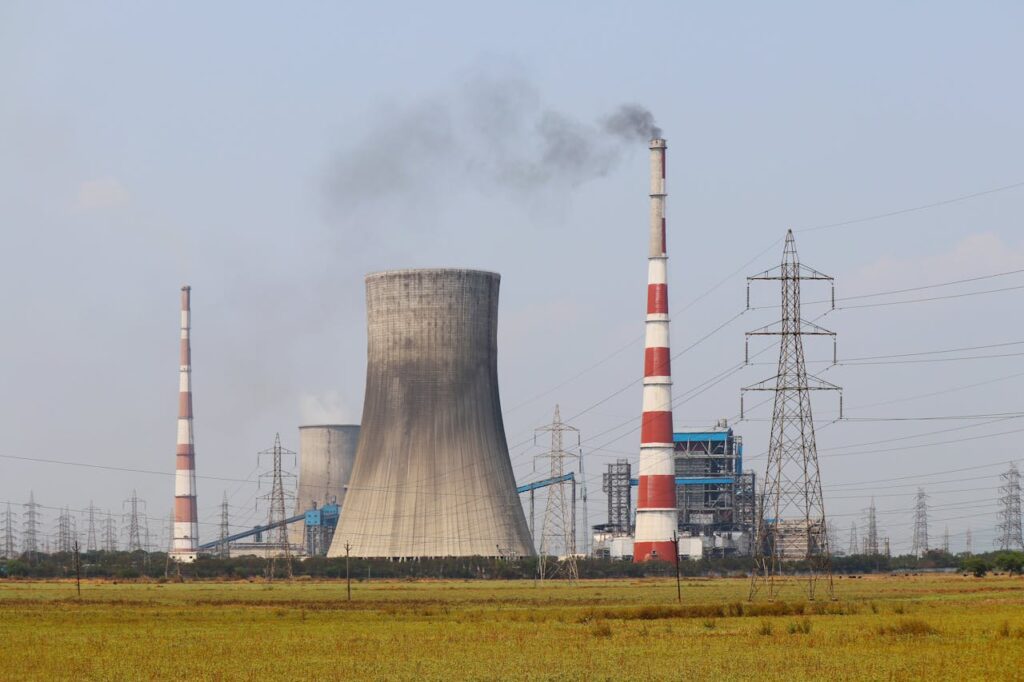
For millions in India, pollution is a daily fact of life, especially in urban centers during autumn and winter months. Delhi might make headlines for its thick seasonal smog, but cities large and small face choking air from vehicle emissions, crop burning, and relentless construction. The rivers—especially the Ganges—carry a toxic brew of industrial waste, untreated sewage, and agricultural runoff. Residents wear masks, children play less outdoors, and hope for clean days comes and goes with the weather.
6. Nigeria

Nigeria faces a toxic blend of pollution from overcrowded cities, rapid industrial expansion, and a booming population. In Lagos and Port Harcourt, traffic jams stretch for miles while aging vehicles spew exhaust into already humid air. The Niger Delta has long battled oil spills and gas flaring, leaving rivers blackened and soil poisoned for entire farming villages. Open burning of waste, bustling generators, and lax regulations add layers to a crisis where clean air, water, and even locally grown food often come coated in invisible hazards. Daily life for millions involves dodging smog, sourcing clean water, and hoping for real progress toward a safer environment.
7. Nepal
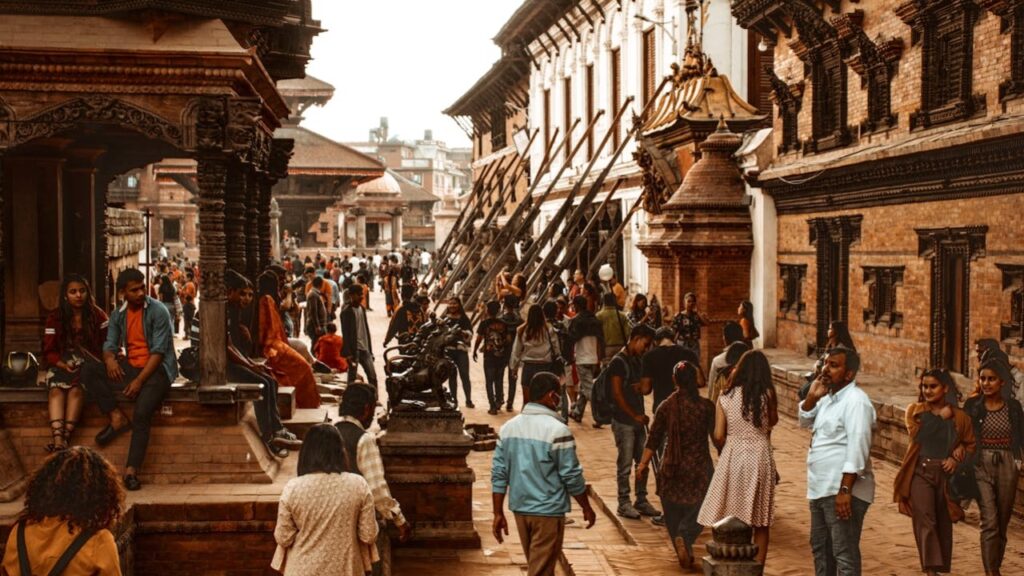
Nepal’s mountains may promise clean air, but in Kathmandu and other cities, pollution levels tell a different story. Diesel buses idle in traffic while smoky garbage fires burn in alleys and empty lots. Unplanned urban growth squeezes thousands of vehicles into narrow lanes, stirring up dust that floats for hours. The smog can linger for days, leaving families worried about coughs that never really go away and elders vulnerable during long, dry winters.
8. Uganda
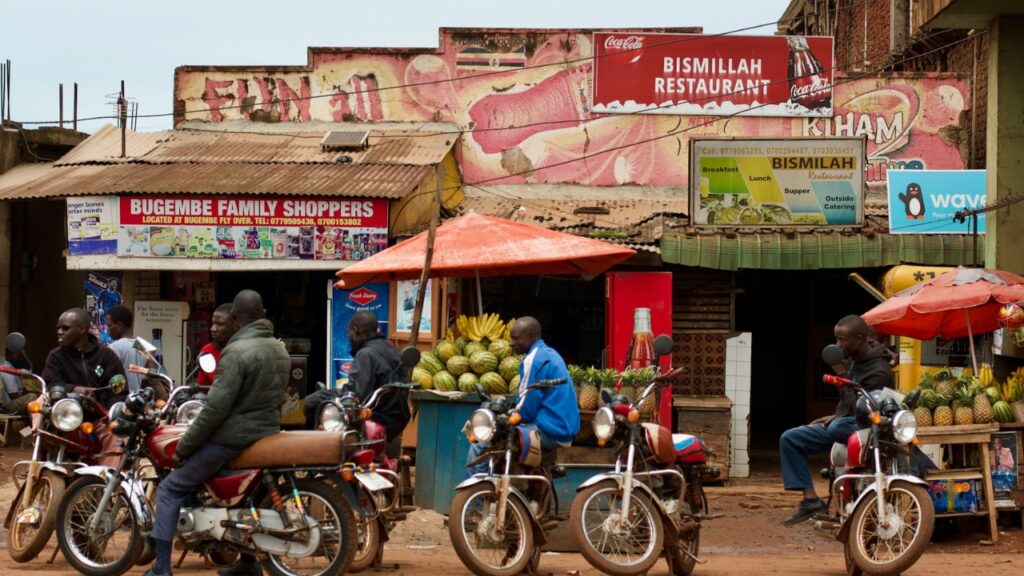
Uganda’s booming population and growing cities have spawned pollution concerns that can’t be ignored. Most families still cook on open fires, filling homes and neighborhoods with acrid smoke that easily drifts for miles. Garbage collection isn’t universal, so waste is often burned in pits, adding to the air mix. Major rivers carry effluent and agricultural runoff, sometimes making water unsafe to drink. Respiratory issues among children and the elderly are rising year by year.
9. Rwanda
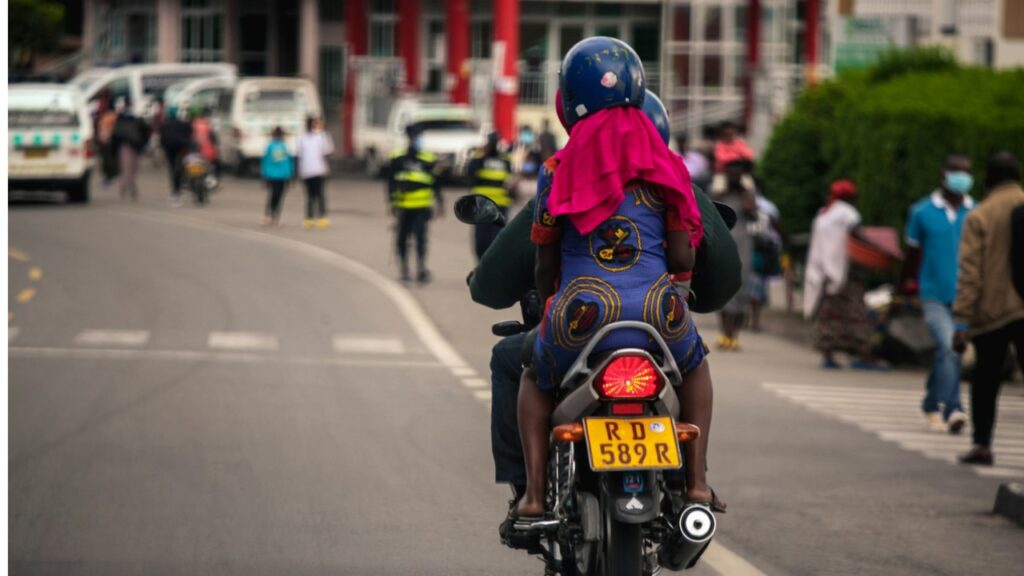
Rwanda is known for environmental reform, but even so, pollution lingers—especially in urban Kigali. Most people still cook with wood or charcoal, so evenings in the city are heavy with the scent of burning fuel. Vehicles add another layer of emissions, while dust from rapid construction floats through new developments. The government is active, but old habits and fast-paced growth keep the fight for cleaner air ongoing and hard-won.
10. Burundi
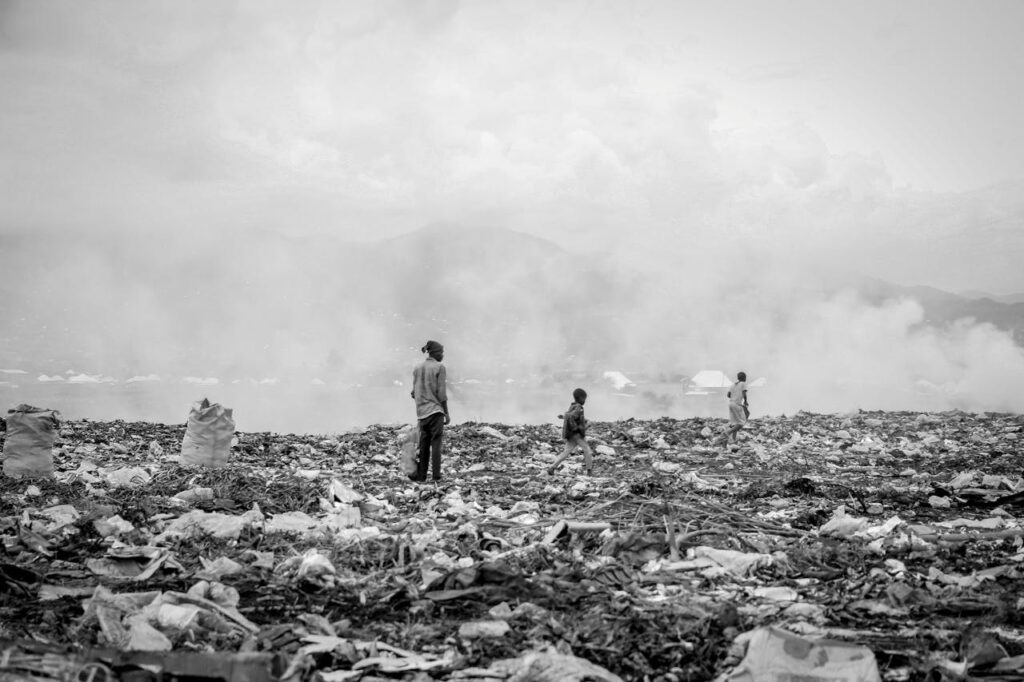
Burundi’s pollution is defined by necessity. Most households use charcoal, burning it indoors or in densely packed neighborhoods. The collective effect produces smoky skies and air that stings the eyes, especially after sunset. Waste is stored in open dumps or burned on site, releasing both visible and invisible toxins. Health clinics see frequent respiratory complaints, and days of clear air are becoming a rare comfort.
11. Cameroon
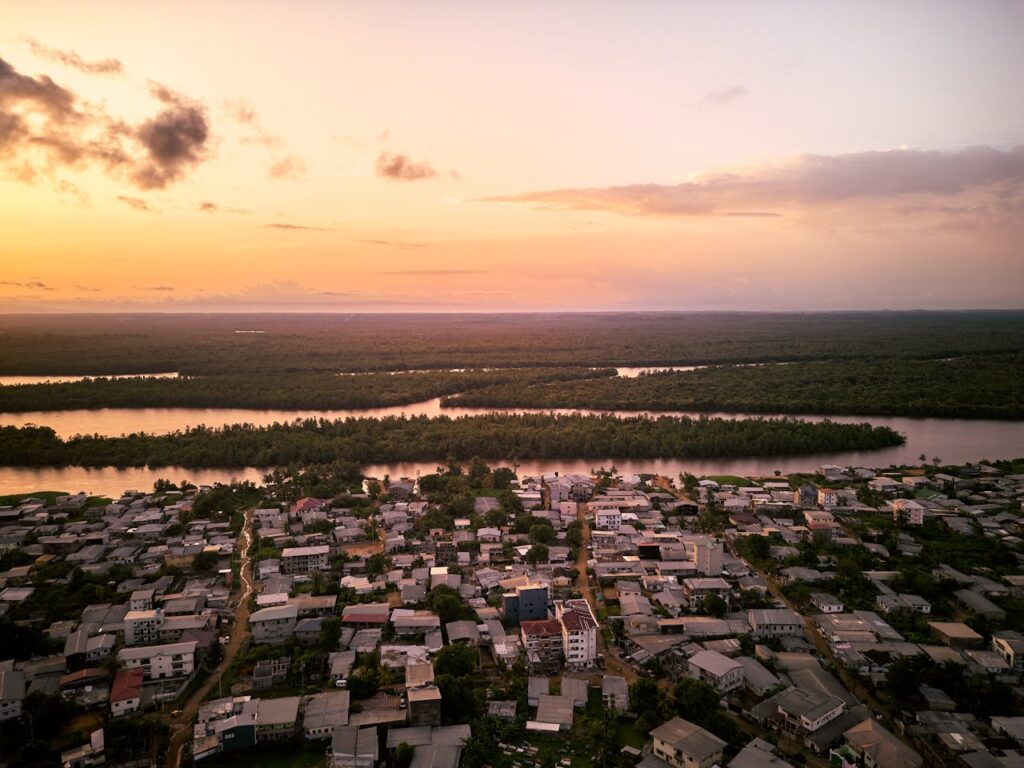
Walk through Douala or Yaoundé and you’ll notice the constant haze hovering above—caused by cars, industrial furnaces, and the widespread practice of burning garbage. Waterways are dotted with plastic waste, which drifts downstream and eventually clogs estuaries and beaches. Children grow up in conditions that make chronic coughs and waterborne illnesses commonplace, carving deep impacts on public health and daily routine.
12. Myanmar
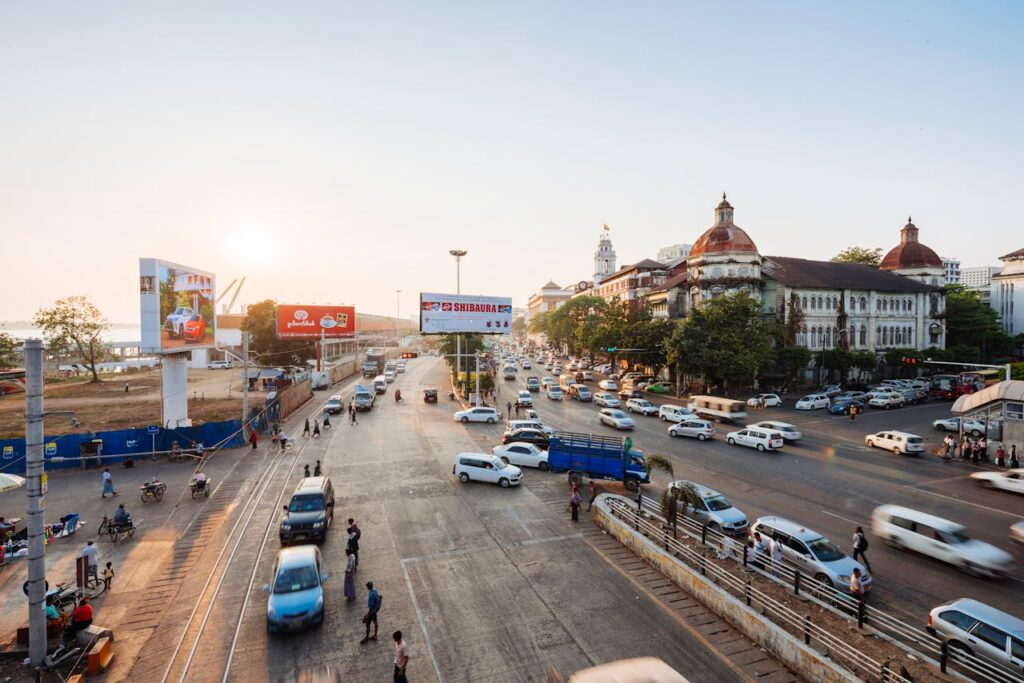
Myanmar’s pollution problems are compounded by rapid development and limited oversight. Mining and deforestation have left hills stripped bare, while factories and vehicle fleets spit soot and fumes into towns and countryside alike. Urban areas see dust, industrial waste, and noise multiply, while rural communities struggle with unsafe water and the side effects of unchecked waste burning. The haze here is a constant—never fully lifting.
13. Mongolia
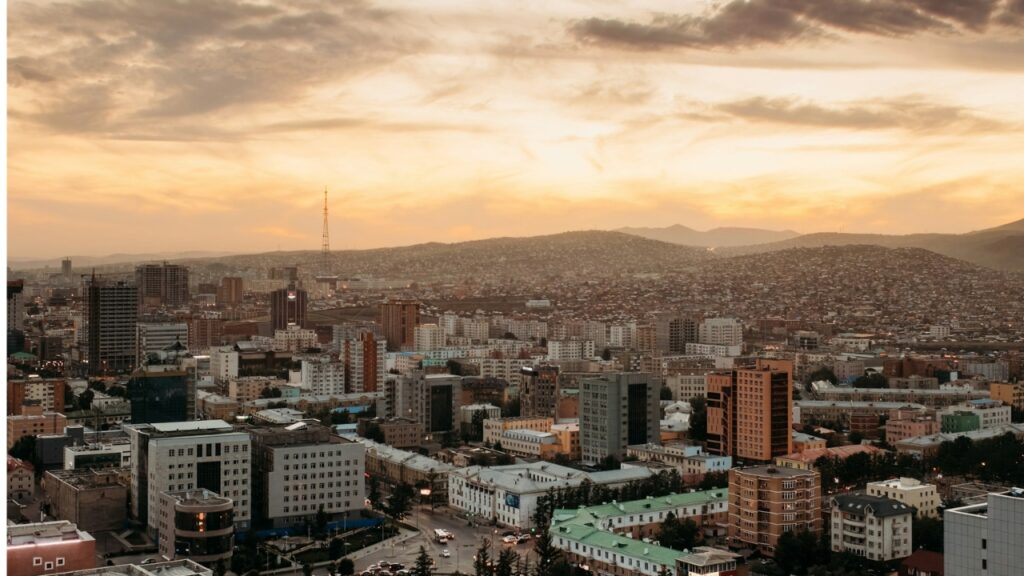
Ulaanbaatar is famous for its stunning winter landscapes, but also notorious smog. In the coldest months, people rely on coal-fired stoves inside traditional yurts, causing air so thick it often sinks below global safety limits. Frost settles on windows while blue-gray smoke rises from every roof. Breathing the air is a risk, especially for children and older adults, who face high rates of chronic bronchitis and related illnesses in the long, harsh winter.
14. China

China’s industrial boom lifted millions out of poverty, but its air tells the other side of the story. Major cities like Beijing and Shanghai experience thick winter smog fueled by coal power, heavy traffic, and industrial emissions trapped under cold air. River pollution remains widespread, especially downstream from chemical plants and textile factories. Government reforms and cleaner energy investments are helping, but millions still rely on air purifiers, masks, and limited outdoor time just to manage daily life.